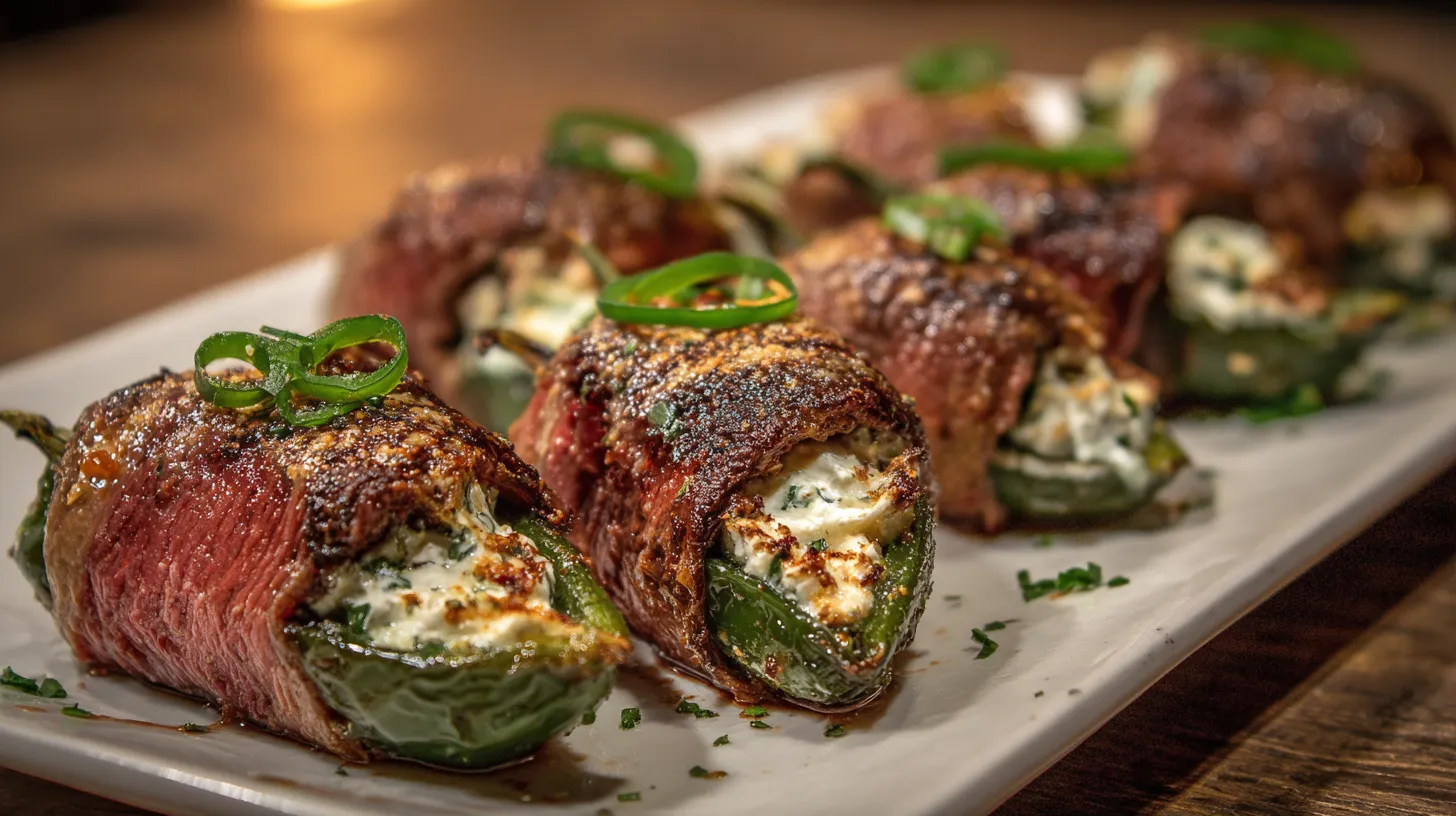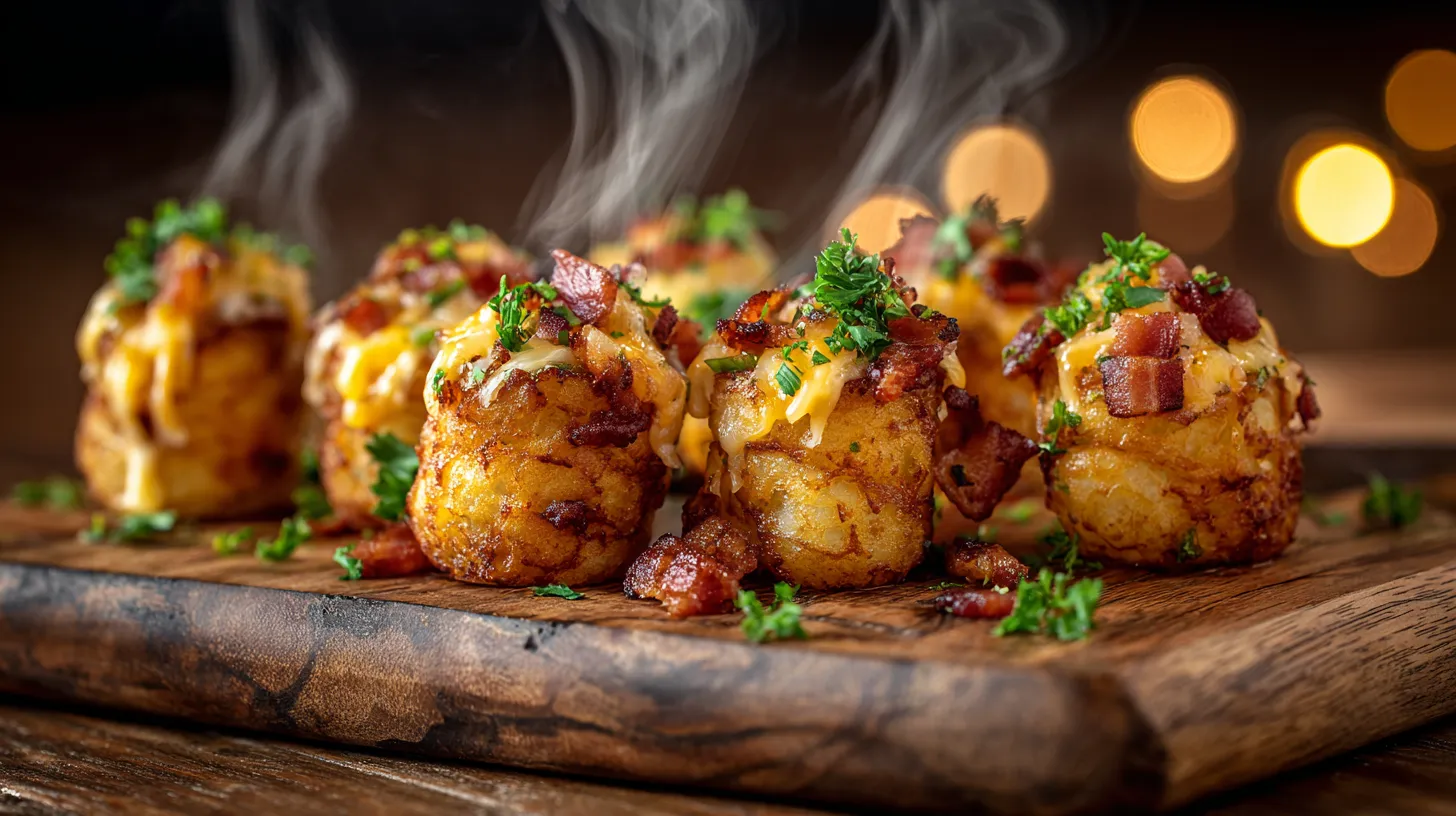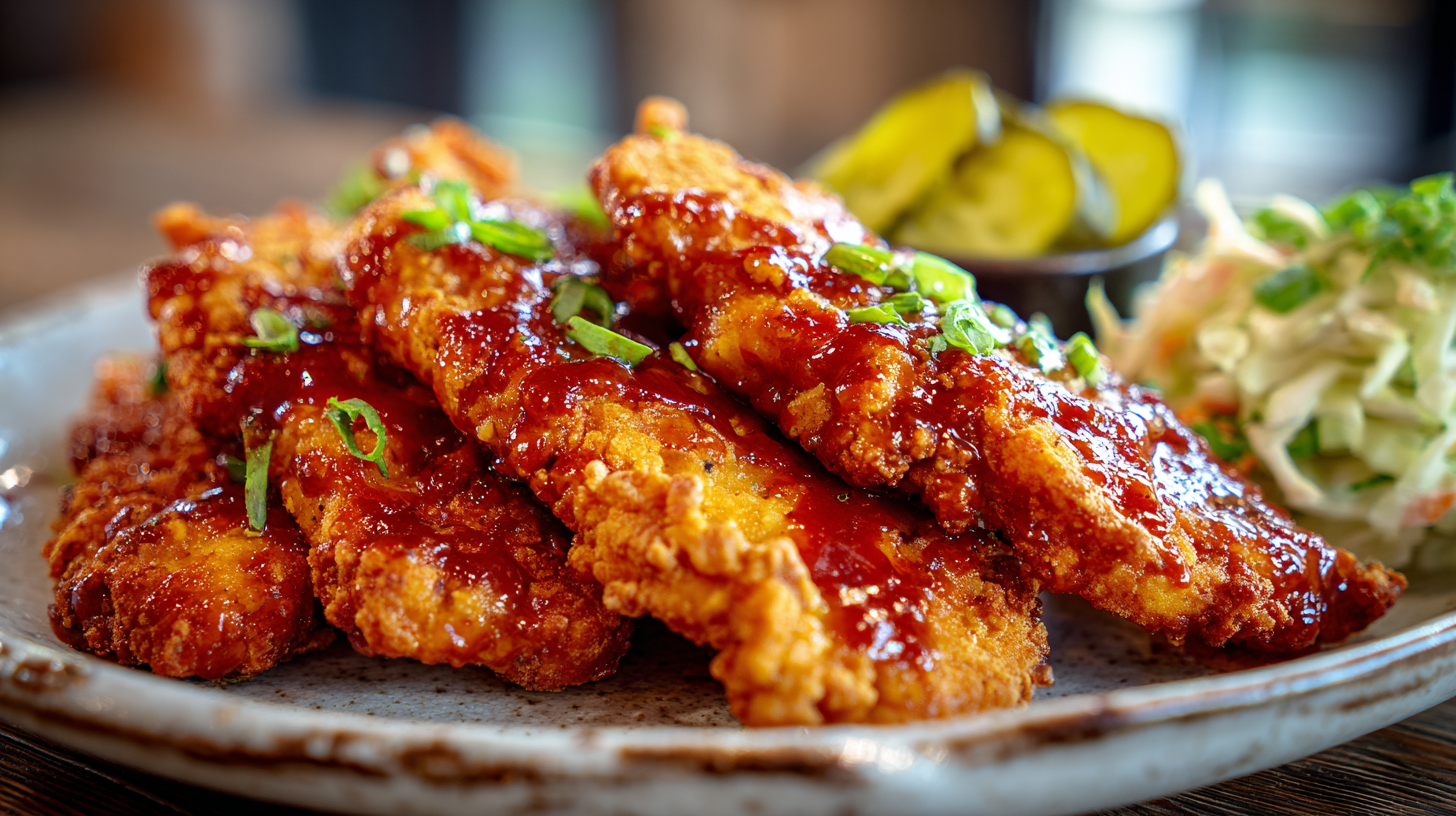I’m always looking for the best foods to fuel my body. That’s why I love protein-packed pasta. It’s great for my fitness and health.
These pastas are made with beans, lentils, and chickpeas. They have 10-25 grams of protein per serving. This helps me build muscle and manage my weight.
Protein pasta is perfect for athletes, bodybuilders, or anyone wanting to eat better. It’s tasty and good for you.
I’ve tried many protein-rich pasta options. There’s Barilla Protein+, GOODLES, and Banza Chickpea Pasta. They all taste great.
There’s even a gluten-free option from Ancient Harvest. It’s made with red lentil flour and organic quinoa flour.
No matter your diet, there’s a pasta for you. It boosts your health and satisfies your cravings for a tasty meal.
Introduction to Protein-Packed Pasta
Looking to add more protein to your pasta dishes? Pasta is here to change the game. It’s made with flours like chickpea, lentil, or soy. This means it has way more protein than regular pasta.
What is Protein Pasta?
Protein pasta is pasta with more protein than usual. It has 10-25 grams of protein per serving. This makes it a great choice for those who want to eat healthy and feel full.
Benefits of Incorporating Protein Pasta in Your Diet
- Supports muscle growth and maintenance
- Promotes feelings of fullness and satiety
- Stabilizes blood sugar levels
- Contributes to overall health and fitness goals
- Offers gluten-free, plant-based, and sustainable alternatives
Adding pasta to your meals means you get to enjoy pasta’s taste and texture. But with more protein. These non-GMO, whole food, and eco-friendly pasta options are good for you and the planet.
Barilla Protein+: Best Overall Protein Pasta
Looking for pasta that’s packed with protein? Barilla Protein+ is your go-to. It has 17 grams of plant-based protein in every 3.5-ounce serving. This makes it perfect for those wanting more protein without losing the pasta taste and feel.
Nutritional Profile and Ingredients
Barilla Protein+ pasta combines lentil, pea, and chickpea flour. This mix gives it a balanced nutrition profile. Each 2-ounce serving has 190 calories, 38-39 grams of carbs, and only 1 gram of fat. It’s also Non-GMO, kosher, and free from common allergens like fish, peanuts, and soy.
Taste and Texture Comparison
Barilla Protein+ tastes and feels like regular pasta. Many say it’s hard to tell the difference. This is because it includes wheat flour in its mix. So, you get the protein benefits without losing the pasta experience you love.
| Nutrition Facts | Barilla Protein+ Pasta |
|---|---|
| Serving Size | 2 oz (56g) |
| Servings per Container | Approx. 7 |
| Calories | 190 |
| Total Carbs | 38-39g |
| Protein | 17g |
| Fat | 1g |
GOODLES Pasta: Best-Tasting Protein Pasta

If you want pasta that’s full of protein but still tastes great, try GOODLES. It’s packed with 21 different nutrients from plants like broccoli, spinach, and kale. Each 2-ounce serving has 10 grams of protein, making it a nutritious choice.
People love GOODLES for its taste and texture. It’s chewy and firm, just like regular pasta. There’s even a mac and cheese version for a protein-rich twist on a favorite dish.
GOODLES uses top-quality, plant-based ingredients to make its pasta. It’s made with semolina flour, chickpeas, and wheat protein. This mix gives it a great taste and lots of nutrients.
GOODLES is perfect for anyone wanting more protein or plant-based nutrients. It’s known for its quality, nutrition, and taste. That’s why it’s the best pasta out there.
Banza Chickpea Pasta: Best Budget Protein Pasta
If you’re looking for a budget-friendly pasta option, Banza Chickpea Pasta is a great choice. It’s made from chickpeas and is gluten-free. It has 11 grams of protein and 25% fewer carbs than traditional pasta.
Reviewers love Banza for its satisfying texture. It doesn’t feel too grainy, making it a great alternative to classic pasta.
Affordable Yet Nutritious Option
Banza Chickpea Pasta is very affordable. It’s often cheaper than other protein-rich pasta options. This makes it a great choice for those who want to eat healthy without spending a lot.
Cooking Tips for Banza Pasta
When cooking Banza Chickpea Pasta, keep an eye on it to avoid overcooking. This will help it keep a good texture. Also, the cooking water can get very foamy. Stir the pasta often to prevent boil-overs.
Banza Chickpea Pasta is a high-quality, protein-rich option that’s easy on the wallet. It’s a great choice for those looking for a nutritious and affordable pasta alternative.
| Pasta Brand | Protein Per Serving | Price Per Serving |
|---|---|---|
| Banza Chickpea Pasta | 13g | $0.50 |
| Barilla Protein+ Rotini | 10g | $0.60 |
| Barilla Chickpea Rotini | 11g | $0.70 |
| Ancient Harvest Red Lentil Rotini | 14g | $0.80 |
| Simple Truth Organic Red Lentil and Quinoa Fusilli | 13g | $0.75 |
| Pasta Lensi Red Lentil Fusilli | 15g | $0.90 |
| Target Good & Gather Red Lentil Rotini | 15g | $0.75 |
| Cybele’s Green Lentil Pasta with Veggies | 15g | $1.00 |
Ancient Harvest Red Lentil Pasta: Best Gluten-Free Protein Pastas
For those on a gluten-free diet, Ancient Harvest’s Red Lentil Pasta is a great choice. It’s made from red lentil flour and organic quinoa flour. This pasta is gluten-free and doesn’t have the top 9 allergens.
It tastes different from wheat-based pasta, but in a good way. People say it has a mild, nutty flavor.
Simple Ingredient List
Ancient Harvest red lentil pasta stands out because of its simple ingredients. It only has red lentil flour and organic quinoa flour. This makes it a healthy and easy choice compared to other pasta.
It doesn’t have extra additives or fillers. This makes it great for those who want a lentil pasta or red lentil pasta that’s both tasty and nutritious.
Pricing and Availability
The price and where to buy Ancient Harvest red lentil pasta can change. But, it’s usually cheaper to buy it in stores than online. On Amazon, prices are between $4.29 and $11.15 per box.
But, you can often find it cheaper at your local grocery store or natural food store. This clean ingredient pasta is a good source of protein. It’s a gluten-free pasta that’s simple and wholesome.
Exploring Soybean Pasta
If you want to eat more protein, soybean pasta is a great choice. It has 22-25 grams of protein in every 2-ounce serving. This is as much protein as cow’s milk and eggs have. So, soybean pasta is a healthy option for your meals.
Nutritional Benefits of Soy Protein
Soy protein is very good for you. It can help build muscle and strength. This makes it great for people who work out.
It might also help with hot flashes, keep your mind sharp, and lower cholesterol. Soybeans have protein, good fats, and isoflavones. These help your body in many ways.
| Nutrient | Amount per 2-ounce Serving |
|---|---|
| Protein | 22-25 grams |
| Polyunsaturated Fat | 2.5 grams |
| Isoflavones | 40-50 milligrams |
Trying soybean pasta can make your meals better and healthier. It’s full of protein and has many health benefits. So, it’s a smart choice for your kitchen.
Edamame Pasta: A Unique Plant-Based Option
Edamame pasta is a special plant-based choice. It’s made from edamame, or young soybeans. This pasta has a lot of protein, about 22-25 grams in 2 ounces.
Some brands mix mung beans or mung bean flour with edamame. This makes the pasta even better for you.
Edamame pasta is great for those who don’t eat meat. It’s full of protein, making it perfect for vegetarians, vegans, and anyone who wants more plant-based protein. Its unique taste and texture let you make many different dishes.
Compared to regular pasta, edamame pasta has much more protein. It’s almost double the amount in each serving. This is great for people who are active or athletes. They need more protein to help their muscles recover and stay strong.
Also, edamame pasta doesn’t have gluten. This is good for people who can’t eat gluten or are sensitive to it.
- Edamame pasta is made primarily from edamame (immature soybeans)
- Provides 22-25 grams of protein per 2-ounce serving
- Some brands may incorporate mung beans or mung bean flour
- Offers a plant-based, high-protein alternative to wheat pasta
- Suitable for vegetarians, vegans, and those seeking to increase their plant-based protein intake
- Naturally gluten-free, making it a great option for those with dietary restrictions
Edamame pasta is special because of its good nutrition, versatility, and plant-based nature. It’s a great choice for anyone who wants to eat healthier. It’s perfect for boosting your fitness, eating more plants, or just trying something new in your cooking.

Chickpea Pasta: A Versatile Choice
Chickpea pasta is a top pick for protein. It’s made from chickpeas or chickpea flour. This makes it different from regular pasta.
It has about 11 to 15 grams of protein in every 2-ounce serving. That’s almost double what regular pasta has. It also has a lot of fiber, up to three times more than wheat pasta. This makes it very filling and good for your gut.
Varieties and Brands
The chickpea pasta world is big. Many brands offer different shapes and sizes. You can find everything from rotini and penne to fusilli and elbows.
Some brands, like Banza and Explore Cuisine, add tapioca, pea starch, or lentil flour. This makes the pasta even better in taste and nutrition.
| Brand | Variety | Protein (per serving) | Price (per box) |
|---|---|---|---|
| Banza | Chickpea Pasta Mac & Cheese | 15g | $42 |
| Barilla | Chickpea Rotini | 11g | $29 |
| Olo Organic | Chickpea Pasta | 14g | $9 |
| Explore Cuisine | Organic Chickpea Fusilli | 12g | $34.99 |
| Chickapea | Organic Chickpea and Red Lentil Pasta | 13g | $29.99 |
| Pasta Lensi | Chickpea Pasta | 22g | $3.44 |
| Tolerant Organic | Chickpea Pasta | 14g | $4.99 |
Chickpea pastas have a nutty taste and lots of nutrients. They are full of iron, magnesium, and potassium. They are a great choice for those looking to eat more protein or try new pasta types.
Bean-Based Pasta: Diverse Protein Sources
There are many bean-based pastas, like black bean, lupini bean, and fava bean. They are made with tapioca starch, sunflower flour, and xanthan gum. Each serving has 12 to 28 grams of protein, great for a plant-based diet.
Beans are full of protein, fiber, B vitamins, minerals, and phytochemicals. Eating these pastas can help your heart, digestion, and metabolism. Research backs this up.
| Pasta Type | Protein (g per 100g) | Fiber (g per 100g) | Net Carbs (g per 100g) |
|---|---|---|---|
| Lupini Bean Pasta | 21 | 11 | 54 |
| Black Bean Pasta | 25 | 15 | N/A |
| Red Lentil Pasta | 21 | 19 | N/A |
| Chickpea Pasta | 14 | 8 | N/A |
Bean-based pastas are healthier than traditional pasta. They are rich in protein and nutrients. These legume pastas are great for adding protein and fiber to your diet.
Lentil Pasta: Green and Red Varieties
If you want to eat more protein, lentil pasta is a great pick. It’s made from green or red lentil flour. This makes it very protein-rich. Green lentil pasta has 11-14 grams of protein per 2-ounce serving. Red lentil pasta has even more, 14-16 grams.
Nutritional Powerhouses
Lentils are part of the Fabaceae family. They are full of fiber, minerals, and antioxidants. Eating lentils often can help fight diseases like diabetes, cancer, and heart disease. You can find green and red lentil pasta in many shapes.
Lentil pasta has more fiber and protein than regular pasta. For example, Barilla’s penne has 7 grams of protein per 2-ounce serving. But red lentil pasta can have up to 16 grams. This is great for vegetarians, vegans, and anyone wanting more protein.
Lentil pasta also tastes earthy and has a firm, chewy texture. It’s like pasta al dente. Adding lentil pasta to your meals can make eating beans more fun. Its taste and texture are often better than traditional bean dishes.
Pea Pasta: Green and Yellow Options
Pea pasta is made from green or yellow peas. It’s a great high-protein pastas that boosts your meals. Green pea pasta has about 11-12 grams of protein per 2-ounce serving. Yellow pea pasta has even more, with 12 grams of protein per 2-ounce serving.
Green and yellow peas look similar but have different nutrients. Yellow peas have more protein and iron than green peas. Both types of pea pasta are full of good nutrients and help keep you healthy.
Pea pasta is easy to make and takes just 15 minutes. It’s made with simple, whole foods. Plus, it’s vegan-friendly, perfect for plant-based diets.
Choosing green or yellow pea pasta adds nutrition and flavor to your meals. Try out different recipes to see how pea pasta can make your meals better and healthier.
Wheat-Based High-Protein Pasta
Some brands have made high-protein wheat pasta by adding protein-rich ingredients. They mix soy protein, lentils, chickpeas, and lupin bean flour. This way, pasta lovers can get more protein without losing the taste and feel of regular pasta.
A 2-ounce serving of these high-protein pastas has 10 to 24 grams of protein. This is a big jump from regular wheat pasta. It’s great for those who want more protein but still love pasta.
| Pasta Brand | Protein (g/2oz) | |
|---|---|---|
| Barilla Protein+ | 10 | 2 |
| Banza Chickpea Pasta | 11 | 5 |
| POW! Green Lentil Spaghetti | 14 | 7 |
| Explore Edamame Spaghetti | 24 | 13 |
| 365 Everyday Wheat Spaghetti | 7 | 2 |
| Bionaturae Gluten-Free Spaghetti | 5 | 1 |
These high-protein wheat pastas also have more nutrients like calcium and iron. They have more magnesium, phosphorus, and potassium than regular pasta. They’re a healthy choice for those looking to eat better.
If you’re an athlete, health-conscious, or just love pasta, try these high-protein options. They’re nutritious, tasty, and support your health. Enjoy your favorite pasta dishes with a healthier twist.
Egg-Based High-Protein Pasta
Egg pasta is a classic favorite in many homes. It’s made with eggs and wheat flour, similar to regular pasta. But now, there are special high-protein egg pasta options that are even better.
These special egg pasta types have more eggs or egg whites. They also have wheat flour and sometimes protein powder. This mix gives you 15-24 grams of protein in just 2 ounces. It’s great for those who want more protein in their pasta.
Egg pasta is also good for people who don’t like legume-based pasta. It tastes and feels like regular pasta but has more protein. This helps support your fitness and health goals.
| Pasta Type | Protein Content (per 2-ounce serving) |
|---|---|
| Traditional Wheat Pasta | 7 grams |
| High-Protein Soybean Pasta | 22-25 grams |
| Edamame and Soybean Pasta | 22-25 grams |
| Chickpea Pasta | 11-15 grams |
| Bean-Based Pasta | 12-28 grams |
| Green Lentil Pasta | 11-14 grams |
| Red Lentil Pasta | 14-16 grams |
| Green Pea Pasta | 11-12 grams |
| Yellow Pea Pasta | 12 grams |
| High-Protein Wheat Pasta | 10-24 grams |
| High-Protein Egg Pasta | 15-24 grams |
Adding high-protein egg pasta to your meals can really change things. It’s a tasty and healthy choice for an active lifestyle. Look for different brands to find the one you like best.
Conclusion
The world of high-protein pastas has many choices for different diets and tastes. If you want to eat more protein, follow a special diet, or try new foods, there’s a protein-packed pasta variety for you. Brands like Barilla and small makers offer many options that are tasty and healthy.
When picking pasta, think about what’s in it, how much protein it has, and what you need to eat. This way, you can pick the best protein for your health and fitness journey. It’s great for weight management, muscle building, athletic performance, or if you’re a vegetarian, vegan, gluten-free, or diabetic.
Looking into the many protein-rich pasta options can help you make a smart choice. This lets you add this tasty ingredient to your meals. It helps you focus on your health and wellness while still enjoying a tasty pasta dish.

FAQ
What is protein pasta?
Protein pastas is a special kind of pasta. It has more protein than regular pasta. It’s made with flours like chickpea, lentil, or soy. This makes it have 10-25 grams of protein per serving.
What are the benefits of incorporating protein pasta in my diet?
Eating protein can help your muscles grow and stay strong. It also makes you feel full and helps keep your blood sugar stable. Plus, it’s good for your health and fitness goals. Many protein pastas are also gluten-free and made with eco-friendly ingredients.
Which is the best overall protein pasta option?
Barilla Protein+ is the top choice. It has 10 grams of protein per 2-ounce serving. People love it because it tastes and feels like regular pasta.
What is the best-tasting protein pasta?
GOODLES Pasta is the tastiest. It’s packed with 21 nutrients from plants like broccoli and spinach. Reviewers say it tastes and feels better than other protein pastas.
What is the best budget-friendly protein pastas option?
Banza Chickpea Pasta is the cheapest. It’s made from chickpeas and has 11 grams of protein. It’s also gluten-free and has fewer carbs than regular pasta.
What is the best gluten-free protein pastas option?
Ancient Harvest Red Lentil Pasta is the best for gluten-free diets. It’s made from red lentil and quinoa flour. It’s gluten-free and has no top 9 allergens.
What are the nutritional benefits of soybean pasta?
Soybean pasta is high in protein. Soy is as good as milk and eggs for protein. It can help build muscle and may have other health benefits like lowering cholesterol.
What is edamame pasta, and how is it different from other protein pastas options?
Edamame pasta is made from immature soybeans. It has 22-25 grams of protein per 2-ounce serving. Some brands mix it with mung beans for extra nutrition.
What are the different types of bean-based pasta options?
There are many bean-based pastas. They include black beans, lupin beans, and fava beans. They have 12 to 28 grams of protein per 2-ounce serving.
What are the differences between green and red lentil pasta?
Green lentil pasta has 11-14 grams of protein. Red lentil pasta has 14-16 grams. Both are full of fiber and minerals, and have antioxidants for health.
How do green pea pasta and yellow pea pasta differ in their nutritional profiles?
Green pea pasta has 11-12 grams of protein. Yellow pea pasta has 12 grams. Yellow peas have more protein and iron than green peas.
What are the benefits of high-protein wheat pasta options?
High-protein wheat pasta adds protein to regular pasta. It uses soy, lentils, chickpeas, and lupin bean flour. It has 10 to 24 grams of protein per 2-ounce serving.
How does high-protein egg pasta differ from regular egg pasta?
High-protein egg pasta adds eggs or egg whites to wheat flour. It has 15-24 grams of protein per 2-ounce serving. It’s a good choice for those who don’t like legume-based pasta.





